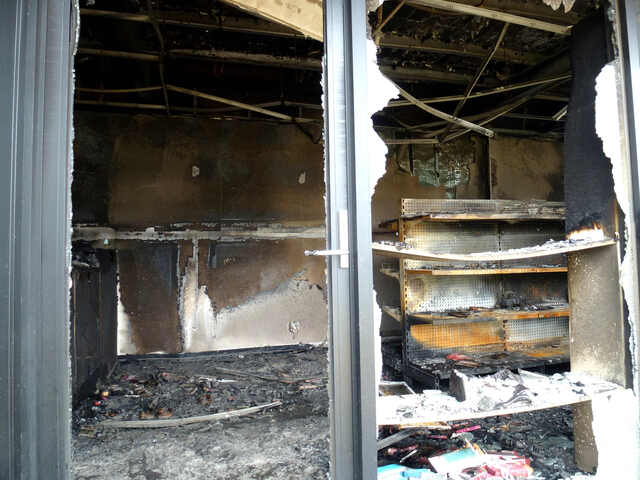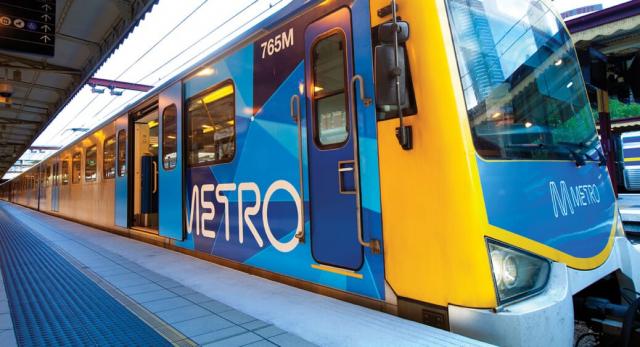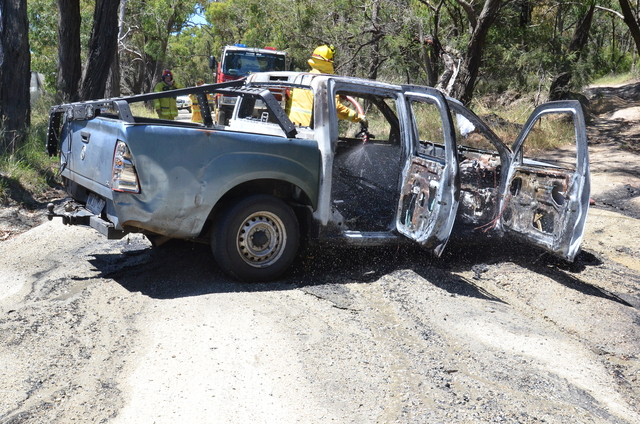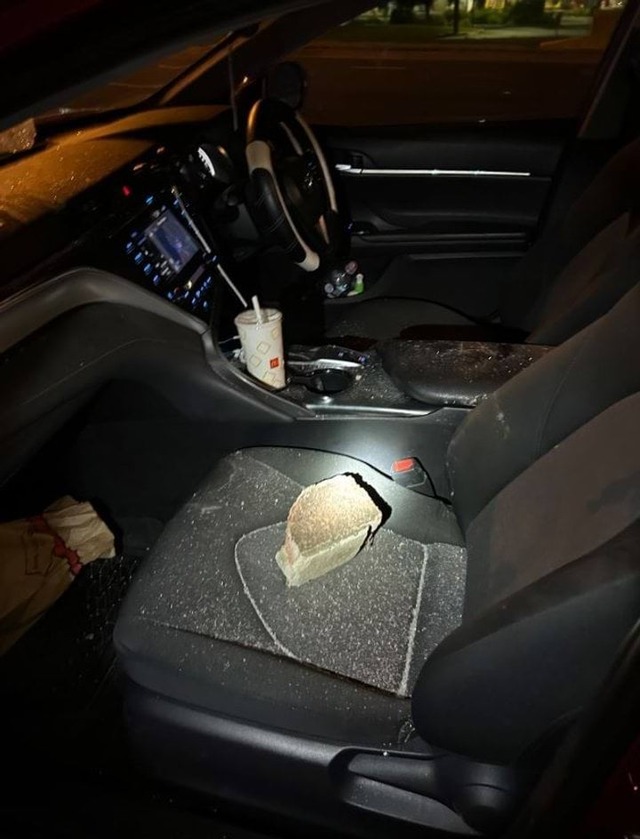The Victorian Farmers Federation (VFF) is urging the Victorian Government to safeguard the state’s most strategically significant agricultural land from renewable energy development.
VFF president Emma Germano said the transition to renewable energy can’t come at the cost of losing the state’s most valuable farmland.
“Victoria needs to take a balanced approach to renewable energy development. Victorian food and fibre production must be acknowledged for the value it provides the state. Victoria produces 30 per cent of the nation’s food from just 1.5 per cent of Australia’s land mass. Any reduction in that area will have a drastic impact on the quantity and variety of food available to the community,” she said.
“The first step to doing this is identifying and protecting our most strategically significant farmland that underpins jobs and food security.
“The Paris Agreement requires that responses to climate change must not threaten food production. Racing to rollout renewable energy development on some farmland to meet the Paris targets flies in the face of the balanced approach that is needed.”
As part of its recent submission to the government’s state-wide transmission plan, the VFF has identified key farming regions that are critical to the state’s food security, exports and jobs in the food processing and manufacturing sectors.
These regions include the Goulburn Murray Irrigation District, the Ballarat district, Southern and Central Gippsland, the Kiewa and Mitta Valleys, and the south-west of the state.
“The areas we have identified have some of the best soils, access to water and proximity to manufacturing hubs and infrastructure. These things cannot be replicated elsewhere.”
“The regions identified on the map we have provided to the government indicates which farmland is least compatible with large scale renewable energy and transmission infrastructure. It’s important to note that this map is for illustrative purposes to assist in the refinement of the Strategic Land Use Assessment elements of the Victorian Transmission Plan Guidelines. VicGrid will need to undertake the detailed mapping of areas to determine areas to be excluded from Renewable Energy Zones.
“The government needs to take a strong policy position to protect this land and demonstrate to the community that it values the importance of farming to the Victorian economy and community.
“Whilst we are saying there should be a red light to development in these regions, we are not saying there should be a green light to bulldoze over the rest of the state’s farmland. All renewable energy and transmission infrastructure must be properly planned in a way that is compatible with existing agricultural uses.”
“We are calling for a dedicated land access code of practice for infrastructure development to control the poor behaviour of energy developers, better protect farmers’ rights and ensure that infrastructure is located in ways that minimise disruptions to farm operations and businesses,” Ms Germano said.







